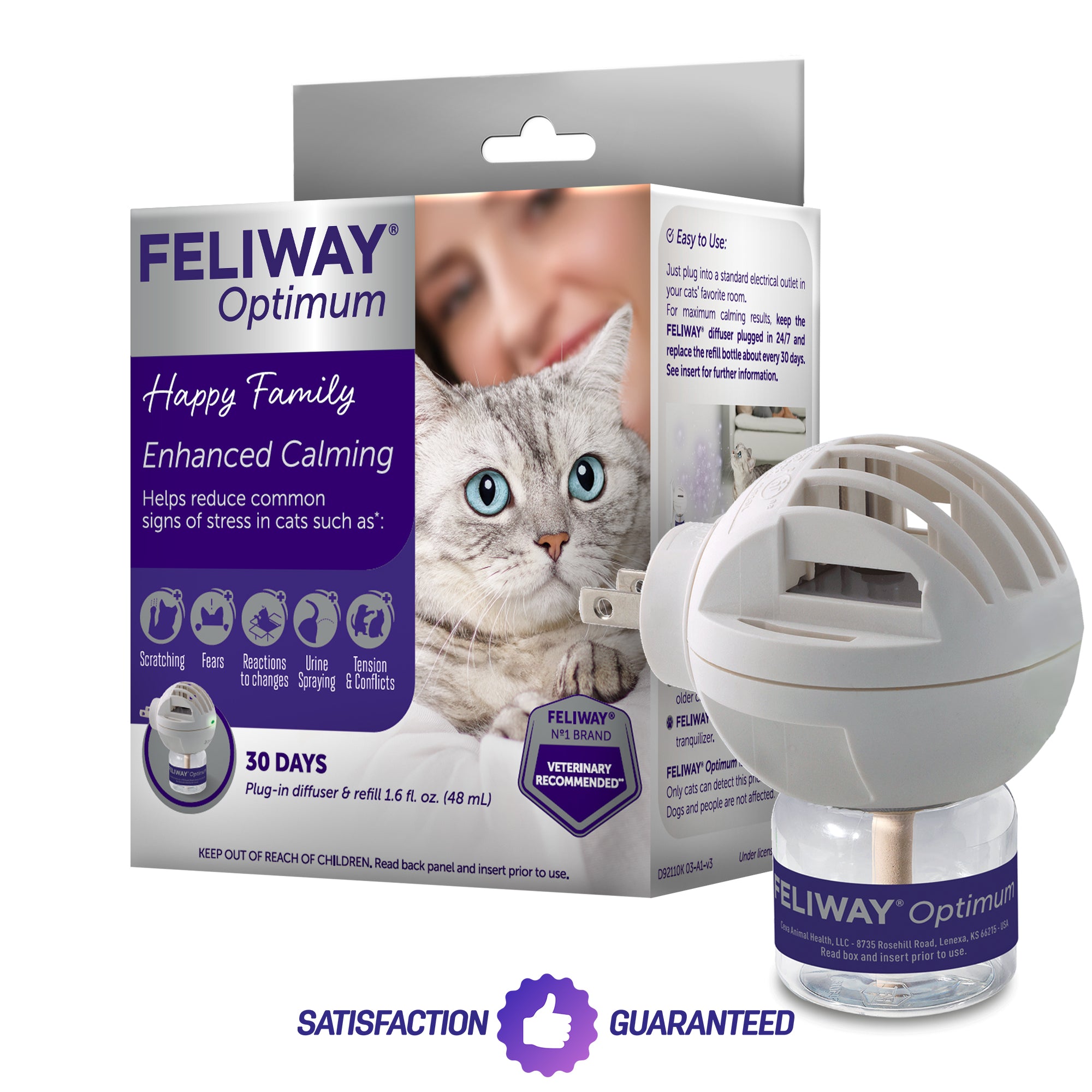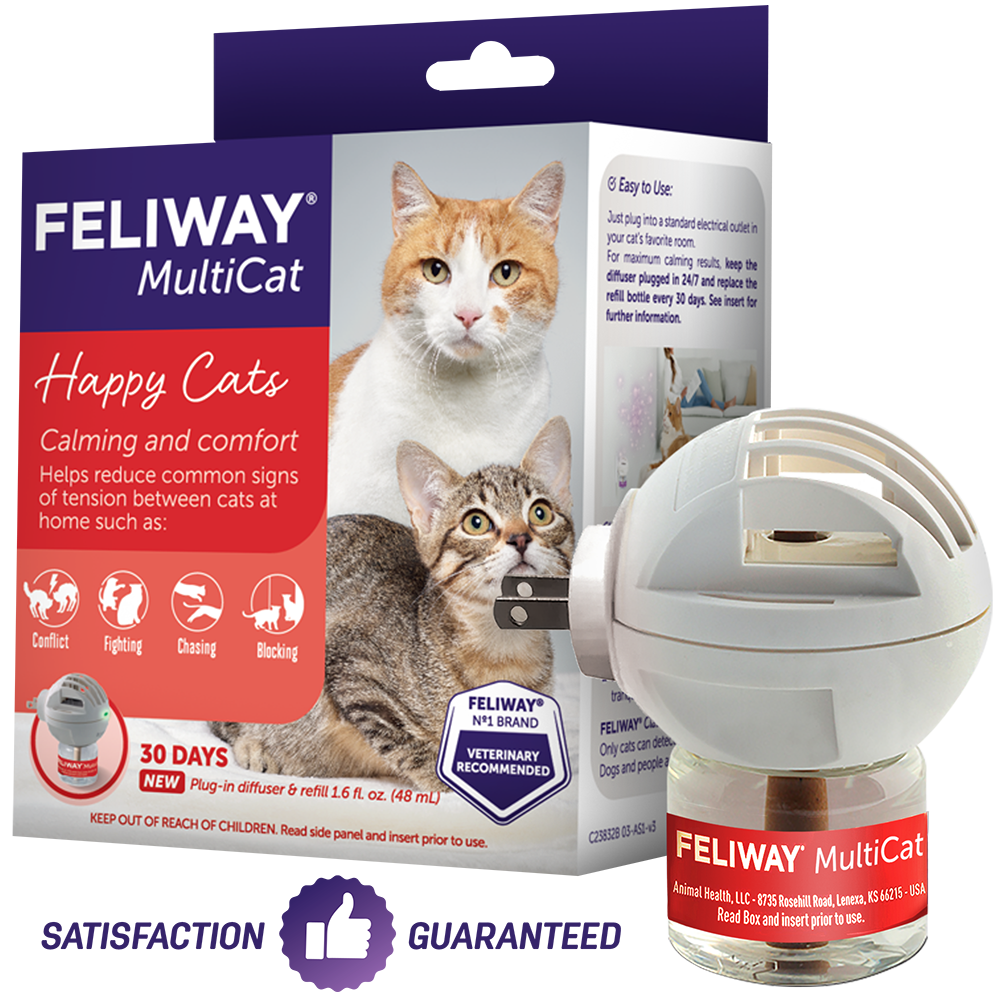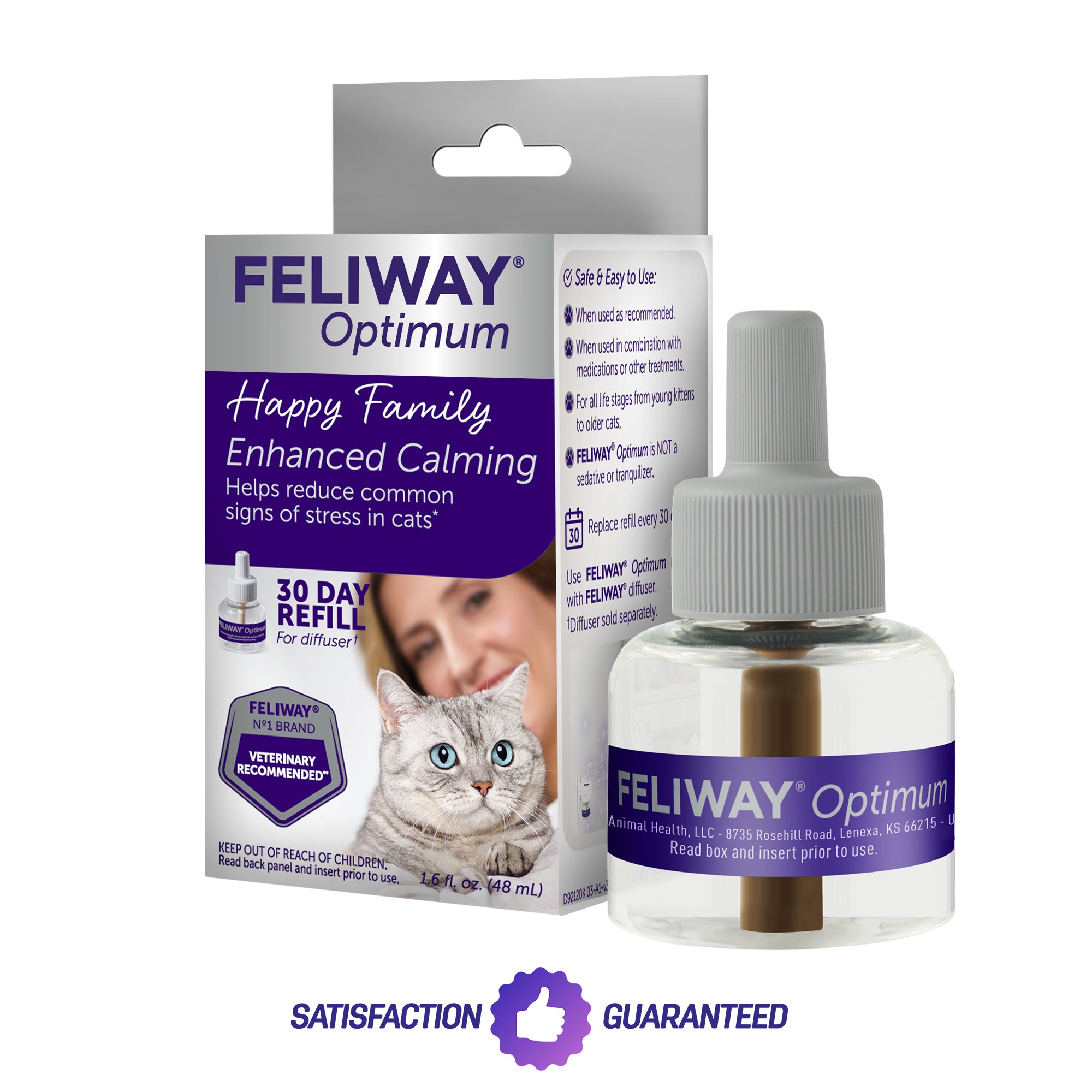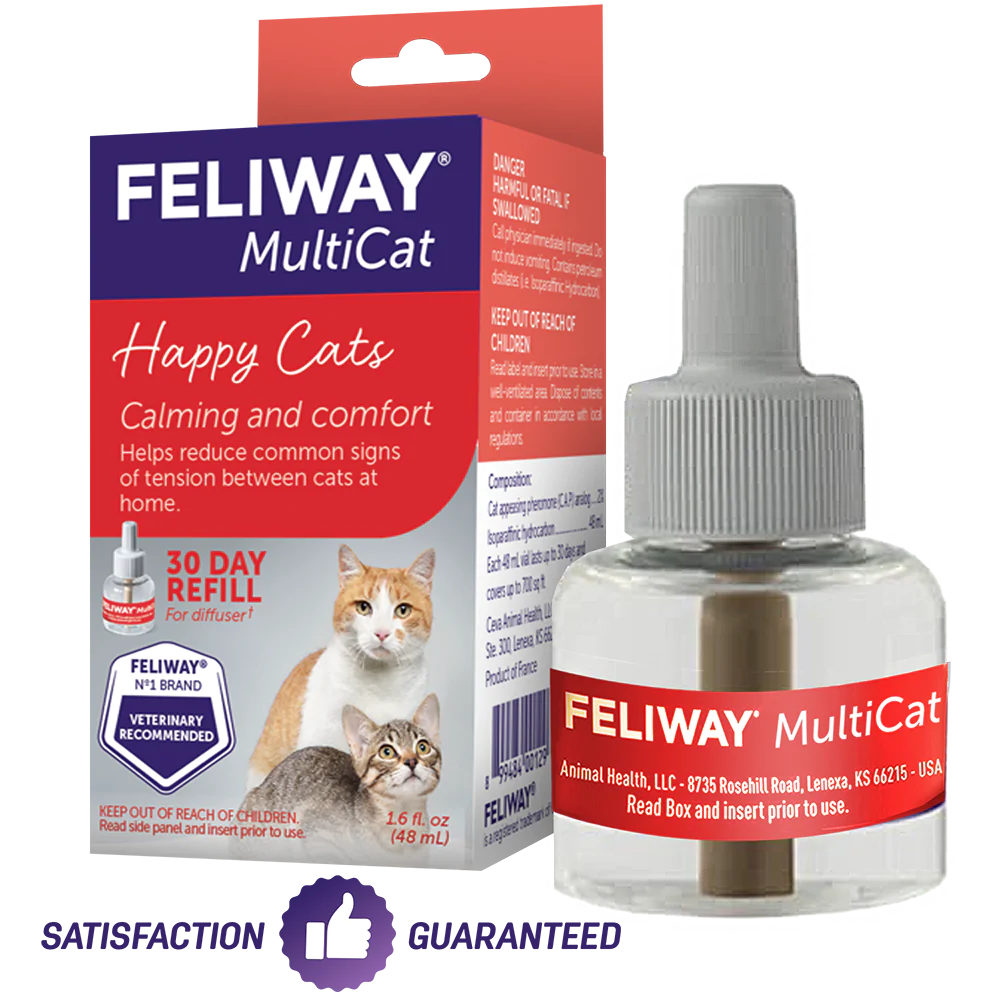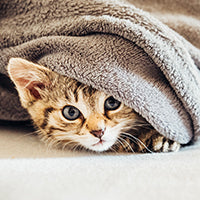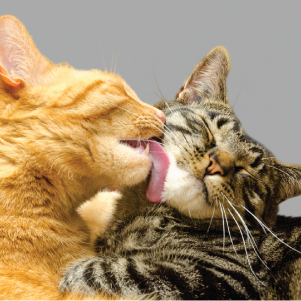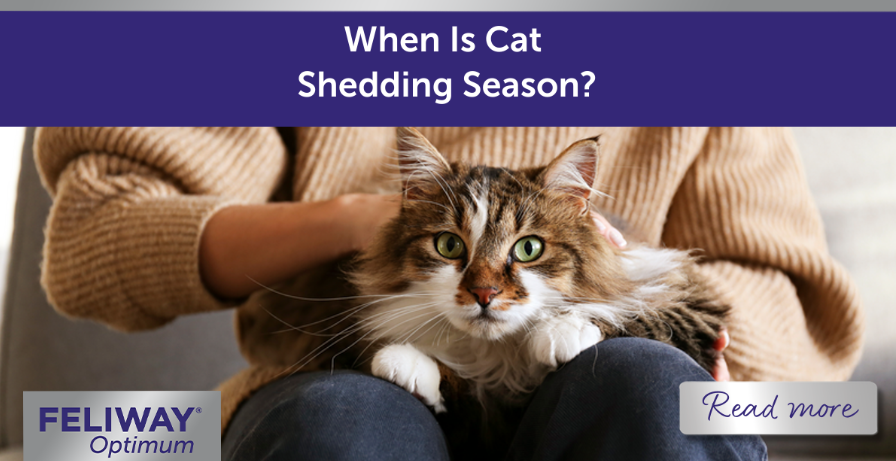
When Is Cat Shedding Season?
It’s that time of the year again. No, not time to give up on your new year’s resolutions (that was the second week of January), but the time of year when us cat-parents begin finding cat hair all over everything - and we mean everything! From fur in your sock drawer to hair in your morning coffee, cat shedding season can be an overwhelming time for anybody.
If you’re Interested in learning why cats shed or are simply looking for ways to keep all that fur in check, we’ve put together some useful tips to help you through!
Understanding the Cat Shedding Cycle
Cats naturally shed hair throughout the year, but there’s a notable increase during Spring and Autumn. To understand this better, it’s helpful to know a little about how cat fur works. Most cats have two types of hair: the longer outercoat and a denser, short undercoat that provides insulation. In Spring, cats shed their thick winter coat to adjust to the warmer weather. Come Autumn, they lose their older fur in order for the thicker coat to grow back in.
You may be asking the question, why does my cat shed so much during these times? It’s simply their body’s response to the changing weather!
Differences in Shedding Patterns
Cat breeds with denser coats, like the Siberian, Ragdoll, and Maine Coon, show more obvious seasonal shedding. However, even breeds with minimal shedding, like the Siamese, are not immune to this cycle.
Interestingly, there are also some differences between indoor and outdoor cats. The cat shedding season is primarily triggered by changes in daylight, which means it can be less pronounced for cats who live indoors. That being said, indoor cats will still experience some degree of shedding – just less than their outdoor counterparts.
The Importance of Regular Grooming
If your cat is shedding a lot, there is one key step you can take to help them out: grooming! Regular grooming not only removes loose hairs, reducing the occurrence of hairballs, but also stimulates the skin and spreads natural oils. It’s also a good opportunity to monitor your cat’s skin for any problems such as sores, lumps, or parasites, and can even be good for simply spending some quality time together.
In peak cat shedding season, you may need to groom your cat daily. Keep these sessions short and positive, stopping before your cat has had enough, and reward your cat with a treat throughout for remaining calm.
Bear in mind that it’s often best to teach cats to be comfortable with grooming from kittenhood, but that doesn’t mean you can’t begin with older cats too. Start a session by grooming the areas your cat most likes to be touched, such as around the head or neck, and brush in the direction of your cat’s hair growth. For a longer-haired cat, consider beginning with a wide-toothed comb before following up with a finer comb to prevent any tugging on painful snags.
It can also be a good idea to try out a few different approaches to work out what grooming technique works best for your cat. For more information, check out our guide on cat grooming.
How to Remove Mats from a Cat’s Fur
It’s not unheard of for mats and stubborn knots to occasionally develop, especially during peak cat shedding season. If you can’t resolve these gently, it’s best to contact a qualified cat groomer or your veterinary clinic. Avoid trying to cut any mats out with scissors as you may accidentally harm your cat’s skin. Likewise, shaving your cat can affect their ability to control their body temperature and may expose their skin more to UV rays of sunlight. So, best leave it to the professionals!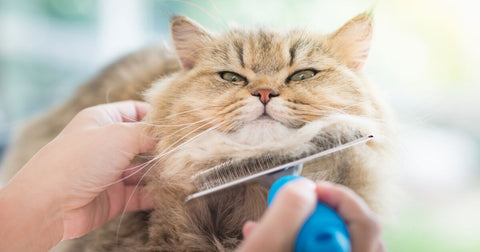
When to Seek Professional Help
As above, it’s important to contact your vet if your cat appears to be shedding unusually, as there may be an underlying medical issue. For instance, this could be the development of bald patches, sores, or your cat’s coat thinning in places. Frequent hairballs can indicate overgrooming which may also require a checkup.
If there are no medical issues, a qualified animal behaviorist can provide a tailored plan to help your cat and their need to overgroom. Otherwise, there are a number of supportive steps you can take to resolve any potential stress your cat is experiencing. For instance, try plugging in FELIWAY® Optimum in the area where your cat spends most of their time. FELIWAY® Optimum uses pheromone analogs to help cats feel more relaxed, providing them with enhanced serenity and a more comfortable environment. For more tips on reducing cat stress, check out our dedicated guide.
If you’d like to learn more about caring for your cat or are simply looking for advice on creating a happy space for your cat at home, please don’t hesitate to get in touch! We could talk about cats all day and would love to hear from you! You can also stay up to date with all the latest updates from FELIWAY® by signing up to our newsletter.